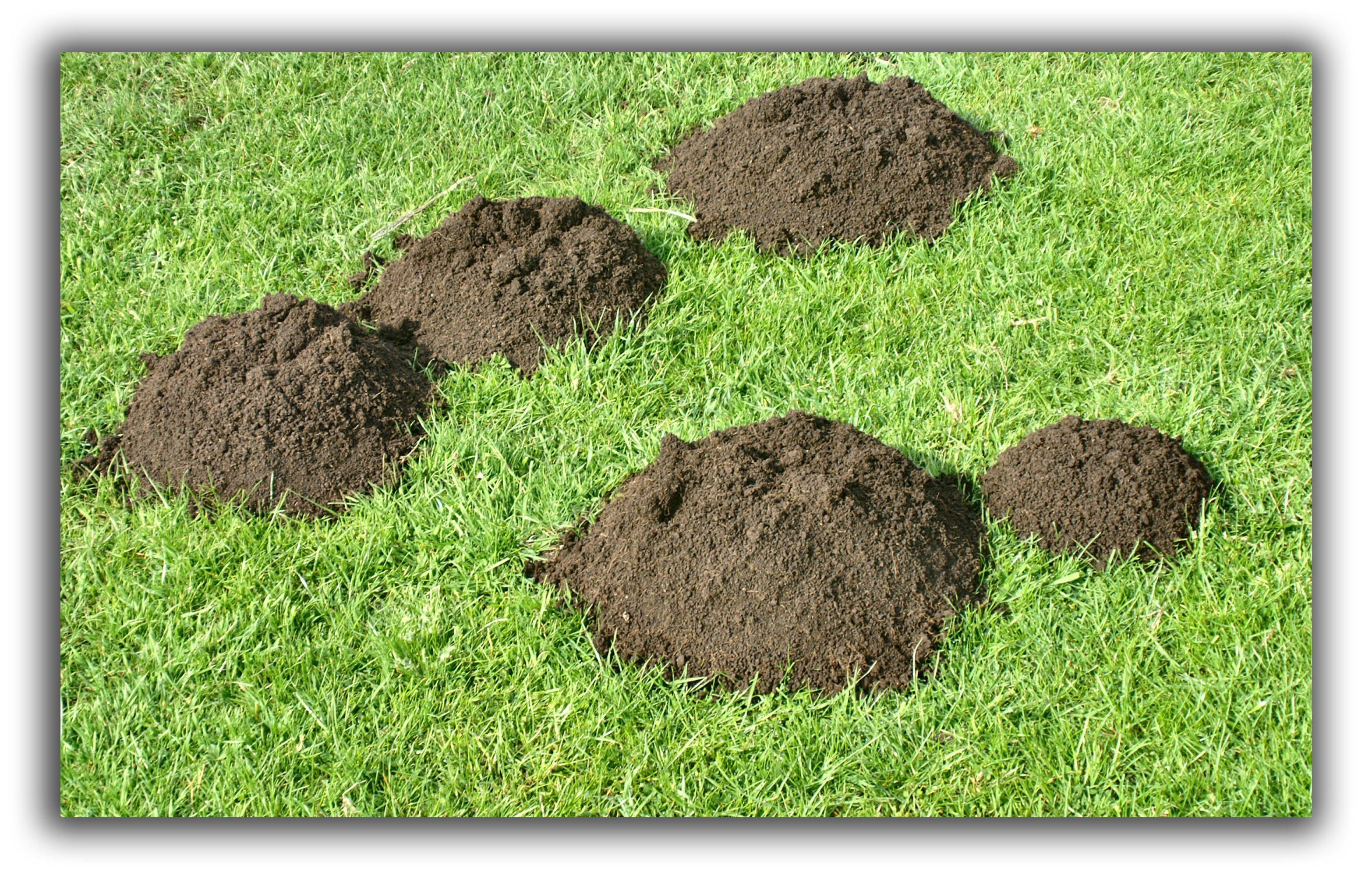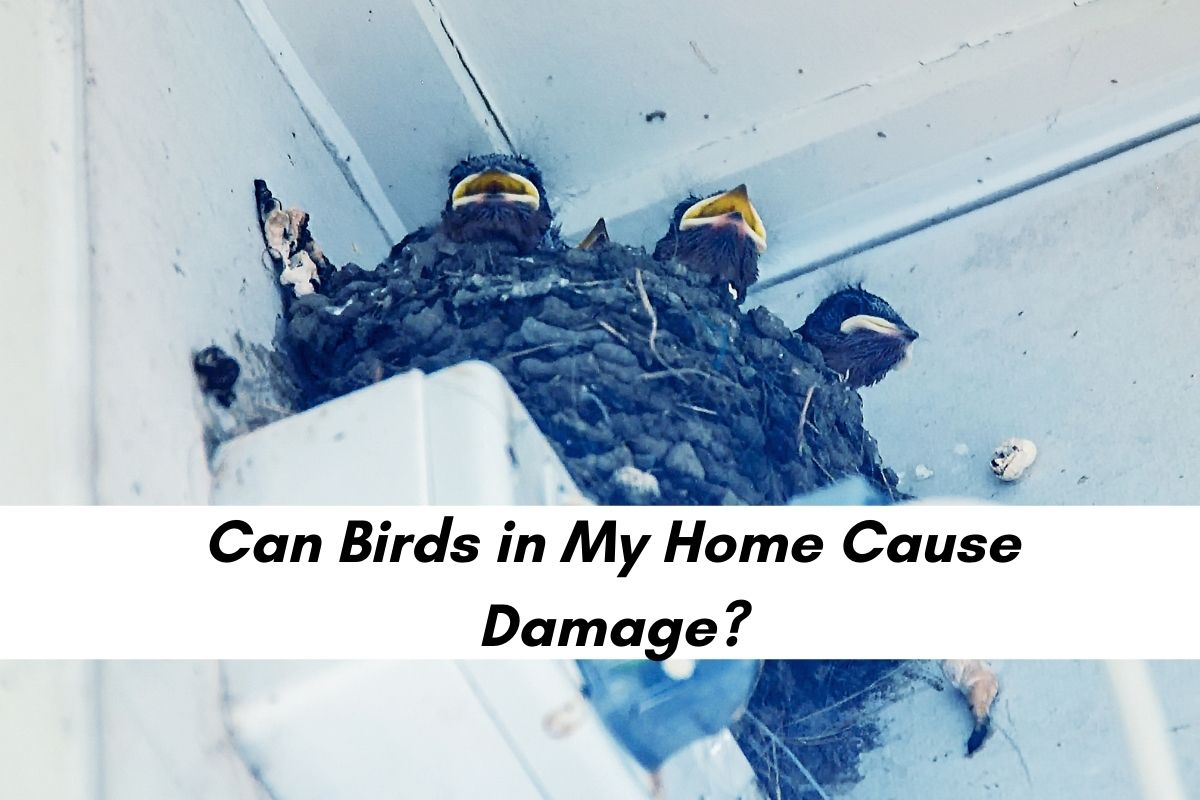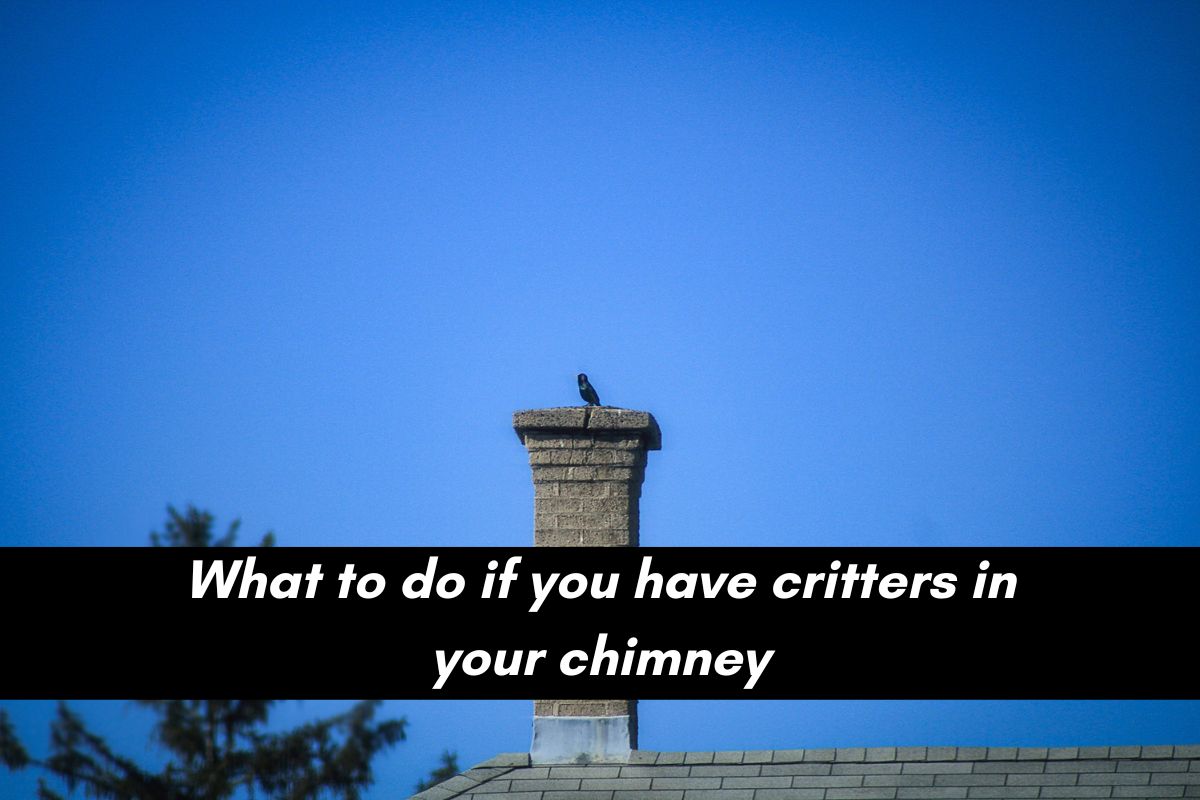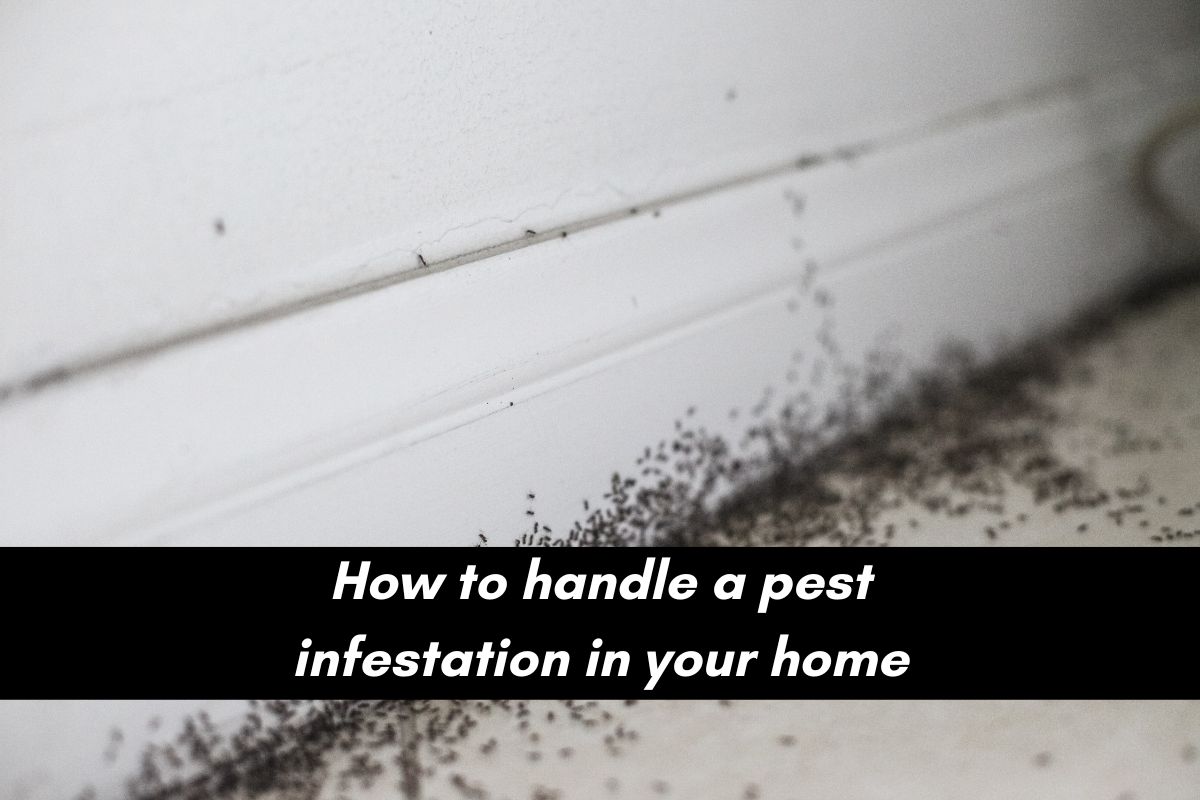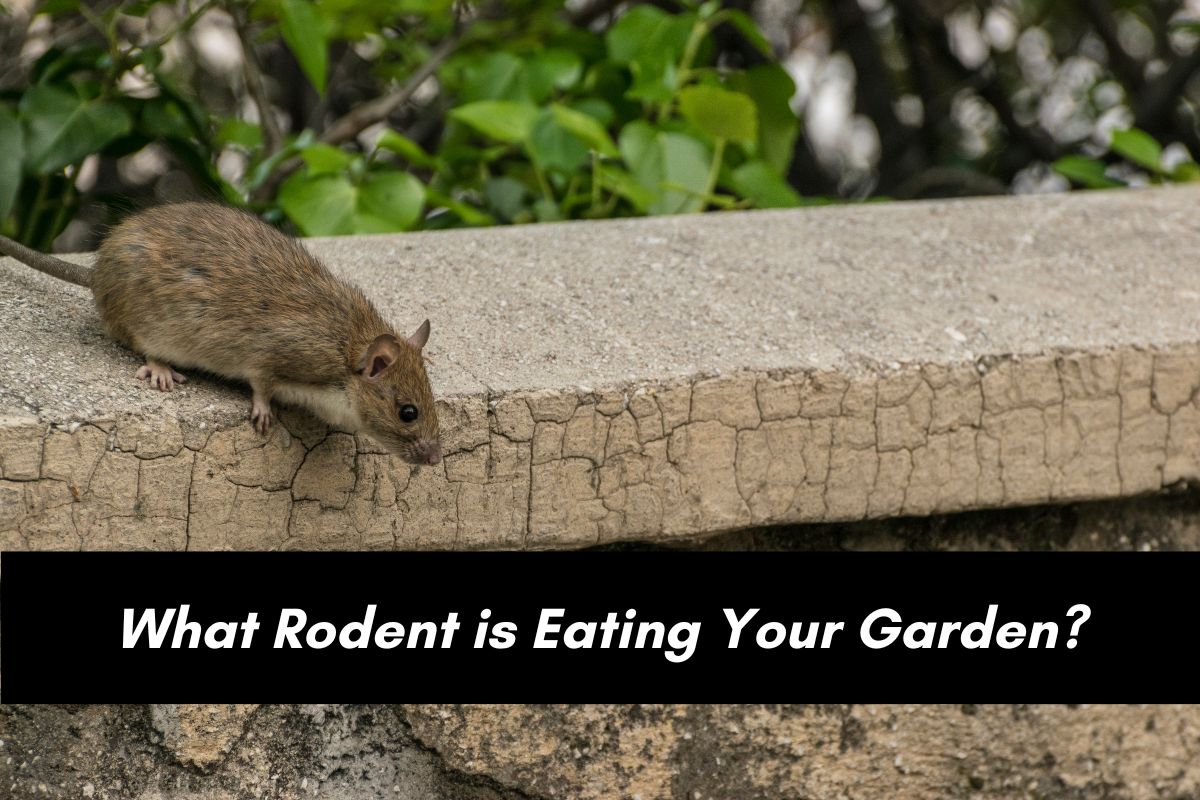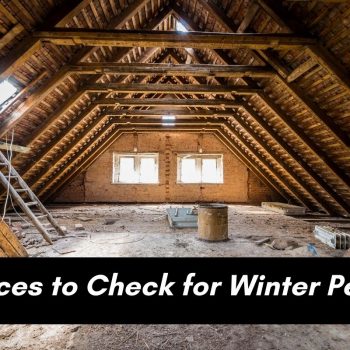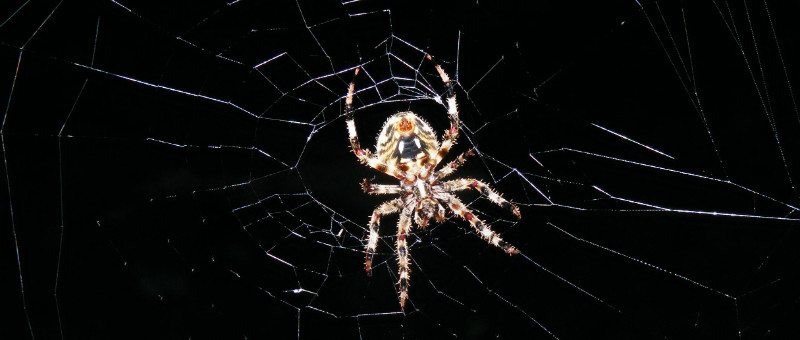
Spider Identification Diagram
- Posted by gordonb
- On January 20, 2022
- 0 Comments
The Triad area, and North Carolina in general, has a wide variety of spiders of every shape, size and color. Some live in bushes, some on the ground, some build webs, some jump. The sheer number of spiders can lead to the more arachnophobic among us letting our imaginations get the best of us when we see an eight-legged creature crawl by.
Thankfully, each of these characteristics that we observe can help us identify which particular species of spider we are dealing with. The North Carolina Division of Parks and Recreation has done the citizens a great service by creating a very clear diagram with pictures, names and behavior to help make this job a lot easier.
Web-building spiders
The chart from N.C. Parks is split into two major parts. The first covers the common web-building spiders you are likely to see. In this section, you are bound to see some familiar faces.
The largest group of web builders are the “orb weavers,” who built their webs in circular fashion. These round-web builders are typically found outside, and you can tell them apart by how round their abdomens are and how yellow they are. While nearly all spiders have venom, it is usually so little that it can only kill a fly. None of these orb weavers have enough venom to be concerned about, but like some insect bites, a bite may sting and itch.
The rest of the web builders make sheet webs, also known as cobwebs. The exception to this is the funnel-web spider, who, as the name suggests, makes funnel-shaped webs. For the others, though, their irregularly shaped cobwebs can be found in bushes for some species and in hiding places for others.
One of the state’s two dangerous spiders are found among the cobweb-building spiders — the black widow. They are one of the cobweb builders who likes to hide their webs, too, so it’s important to know where they might build their webs, so you don’t stumble on them. As you can see below, black widows can be identified by their round, black bodies that have a red hourglass symbol on the top of their underside (abdomen). They are unlikely to be deadly, but the venom can be painful and cause neurological symptoms. A very similar-looking spider, often called the false black widow, makes flat, uneven webs in hidden places too, but does not have the red hourglass underneath.
The last species on the web-building spiders list worth a mention is not a spider and doesn’t build webs; it is the harvestman, commonly known as the daddy long legs. Harvestmen are an arachnid, so they have eight legs, but they are more-closely related to scorpions. They do not have venom though and are not at all dangerous.
Non-web-building spiders
The second diagram is of the spiders that do not build webs, or that don’t use them for hunting. The first group that jumps out at people, as they can startle you, are the jumping spiders. None of these spiders have a medically significant amount of venom, so they are likely trying to jump away from you. They are mostly very small and live outside.
There are also a number of non-web-building spiders that live on plants. They hunt the insects that are attracted to the plants, and therefore often have colorful or camouflaged bodies. Some spiders also have adapted to the water, and will move along the surface to catch water bugs.
But the remaining non-web builders are ones you’re likely to want to steer clear of. Those the chart calls “on dwelling” spiders can actually include some, like the brown recluse, that do weave webs. The webs are more for protection, though, not hunting, as the brown recluse leaves their dwelling to hunt.
Brown recluse are the other dangerous spider in North Carolina that has medically significant venom. It is not likely to be the cause of death or permanent harm, but their bites do cause “necrosis,” or the death of skin tissue. If the necrosis spreads, it may require surgery to remove the area of dead skin. Brown recluse, as the name suggests, are very reclusive though and will not bite people in most cases. They are brown with a violin-shaped marking on their back, which is why they are called a brown fiddler or a fiddleback spider in some areas. See below for an image of a brown recluse.
Some of the ground spiders are also alarming because of their size and greater likelihood to bite. Various wolf spiders exist in North Carolina and can produce painful bites. They will not be aggressive, but if cornered, these large spiders will bite. While they do not have enough venom to cause medical issues in most people, like with bee stings, there are rare allergic reactions in certain people.
Issues with spiders are fairly rare, so people living in the greater Piedmont Triad of Greensboro, High Point, Winston-Salem and Burlington do not have to live in fear of them. But there are cases where expert help is needed, especially when allergies are in play or if there are brown recluses or black widows. In these cases, Critter Control of the Triad is always there to help, and we can be reached at 336-370-0445.




